The Visually Disabled and the Elderly in the Age of IC Technologies
This volume presents a survey of technological innovations that enhance both the learning processes and the living conditions of individuals who live with a disability and the elderly. Information and Communications Technology (ICT) refers to technologies that process, store and communicate information to single users and across groups of users. Computers, microelectronics, multimedia and telecommunications are examples of widespread ICT media, largely available in homes, the workplace, and academic centers.New Information and Communication Technologies are now contributing to the social inclusion of people with different kinds of disabilities. These same technologies function as effective tools to aid others who, through a natural decline in their cognitive and physical conditions, require some kind of support. What is more, IC technologies often become the mechanism that facilitates the exercising of disabled persons’ rights, thus enfranchising a community that might otherwise run the risk of being marginalised. The Convention on the Rights of Persons with Disabilities, adopted on 13 December 2006, establishes a before and after in the public perception of people with disabilities following a long period of social exclusion. The Convention aims to ensure the full enjoyment on an equal footing of all human rights for all disabled people.These advances in legislation establish that those with disabilities, including visual impairment, cognitive disorders, and natural physical decline (to name a few) are complete people. Thus, they possess the legal capacity and as such, they are to be given the opportunity to exercise their rights in the same manner as those members of the community who are free from these constraints. The support and protection of the State, as it adjusts the law to this precept, will thus enshrine a new understanding that goes beyond the “ability to act as a person”, and links the above rights to the unchanging fact of being human.IC Tech(nologies) involve processing and distributing knowledge, connecting businesses worldwide, and creating fast and efficient communication exchanges. Most importantly, they are largely inclusive, as they recognise neither difficulties nor disabilities. This is the case, for example, with support devices for visually impaired individuals. The devices’ structure emphasizes clean and simple designs, with easily distinguishable control buttons that enable visually impaired people to have a text reader transform printed texts into oral information. Consequently, visually impaired users can now access their favorite newspapers or magazines by hearing news read in natural sounding voices and in more than thirty languages.The chapters compiled in this book have been organized according to three interrelated thematic subsections. The first subsection groups all chapters that deal with IC technologies employed by the visually impaired or seniors to support learning activities. The second subsection groups chapters whose unifying theme is the use of technologies to boost memory capacity among Alzheimer’s patients and the elderly. The third section deals with social and protectionist policies that safeguard the well-being of the elderly and the disabled.
{{comment.content}}
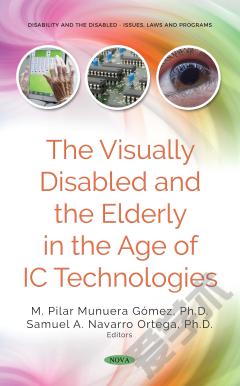
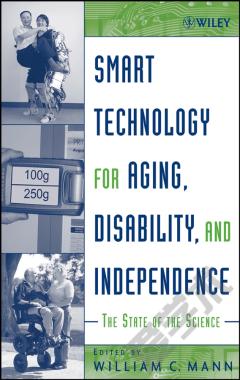
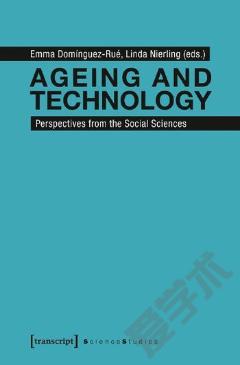
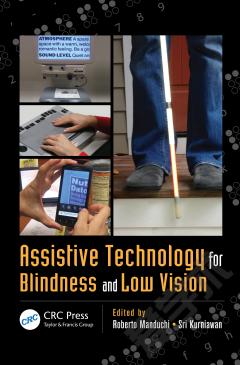
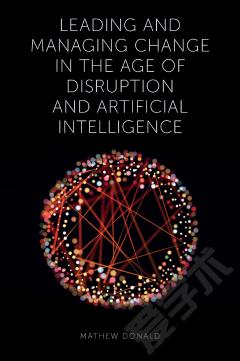

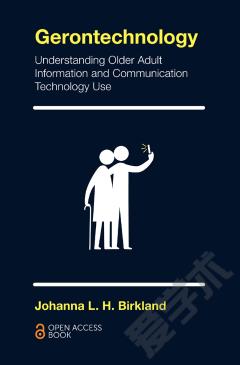

 京公网安备 11010802027623号
京公网安备 11010802027623号